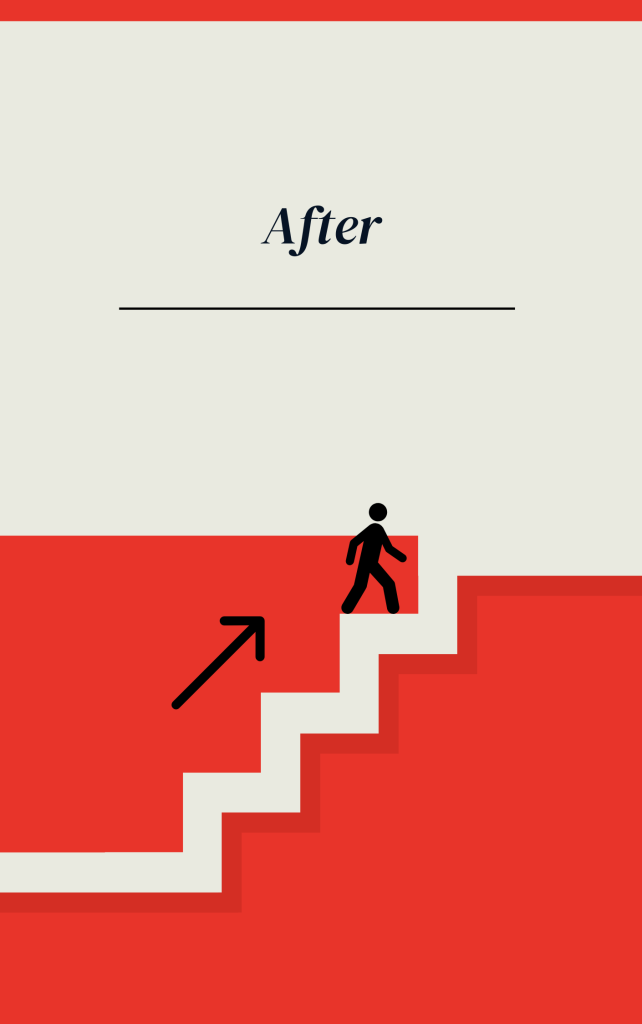After

And finally, this part of the book covers leadership lessons learned and applied after I left the Red Cross as a full-time employee, but continued on as a volunteer. I mentioned before all the mergers between Red Cross chapters and Regions that I never really felt like my employment status was at risk, there was a couple of times where I did have concerns. The first time was when national leadership decided to follow along with what FEMA did, and rename all of the disaster managers as ‘specialists’ – unless we had paid staff reporting to us. This was problematic in that our county and state partners did not understand the title change, and thought they needed to network (and negotiate, in some cases) with someone else. Someone in charge. Luckily, this did not last very long – as there was backlash on these title changes across the country. For me and my own ego, it was an insult to go from being an Emergency Services Director to a Regional Manager to a Disaster Specialist – even though my responsibilities were increasing with every merger and more experience as a leader. This was not a local decision supported by the team I was a part of. At the time, I was in a position to push back a little and I had the support of my supervisor who also thought it was a bad idea.
The last time I felt my employment status was at risk was in 2017. Nationally, the Red Cross had decided – again at a national level, not at the Regional level – to reorganize Disaster Cycle Services (DCS) (the newer name for Disaster Services, reflecting the preparedness, response, and recovery cycles which the organization was involved in) with a greater emphasis on a standardized model of staffing, to include much more volunteers in leadership roles (a good thing) on a steady-state basis. They created a Regional Steady-State Table of Organization, or RSSTO. At the time, I was a regional director of Disaster Support Functions – leading four paid staff (Preparedness, Mass Care, Recovery, and Logistics) and hundreds of volunteers who did everything in DCS, except DAT. At that time, the New Jersey Region did not have a deputy Regional Disaster Officer (RDO), but my role was pretty close.
When I saw the new RSSTO – and there was a volunteer role defined in my paid job’s position on the org chart (and this was a the national model mind you, since there were maybe three or four paid folks across the entire country who lead other paid staff and were not titled as Deputy RDOs), I could see the writing on the wall. And btw, national determined that at the time, New Jersey was not ‘big’ enough to have a Deputy RDO. This time in my career, just like I did at HRBFA, and unlike how was done to me at Chase, I jumped ship before someone had a chance to make me walk the plank.
Disaster Cycle Services
Regional Steady-State Table of Organization
Disaster Action Team
Regional Disaster Officer
H&R Block Financial Advisors
